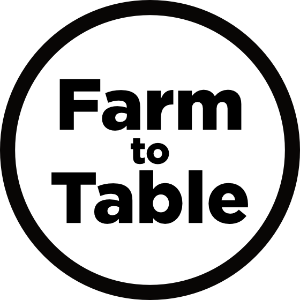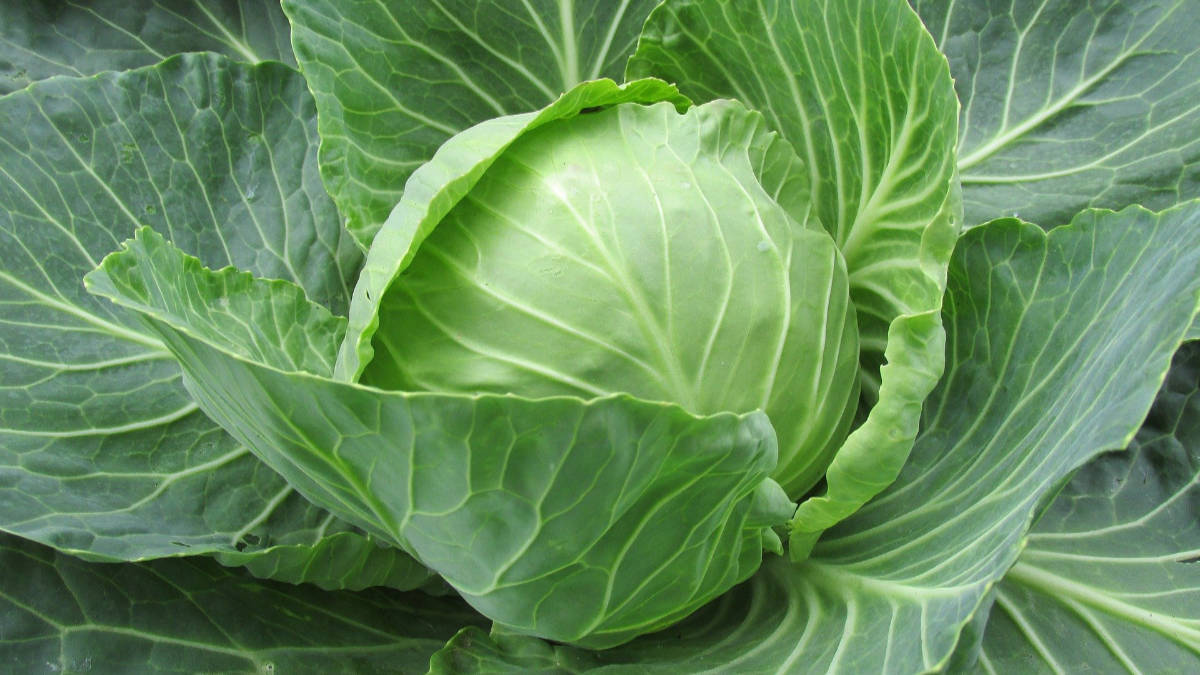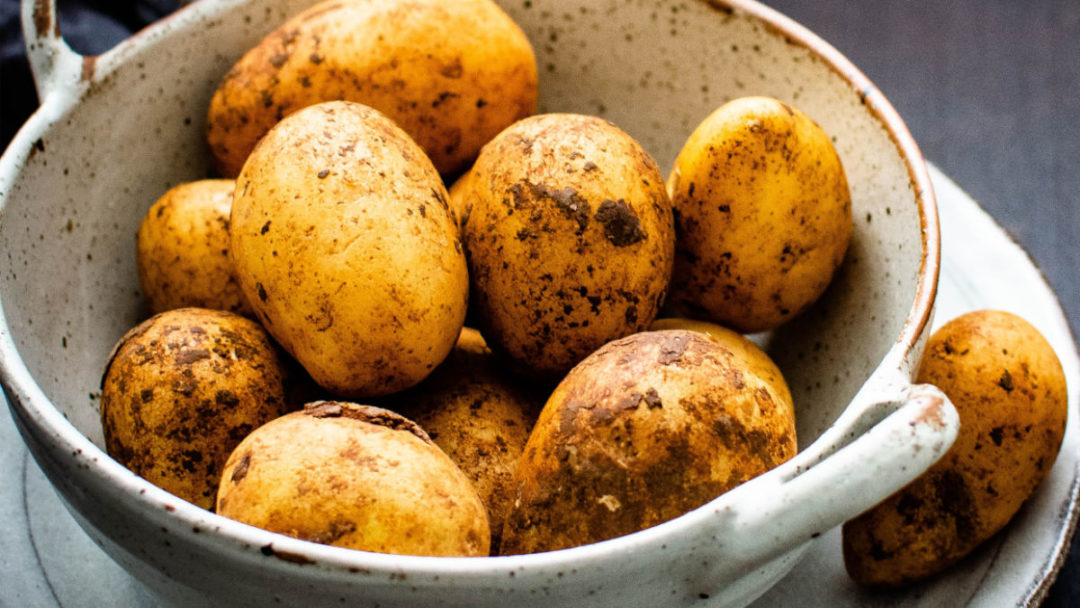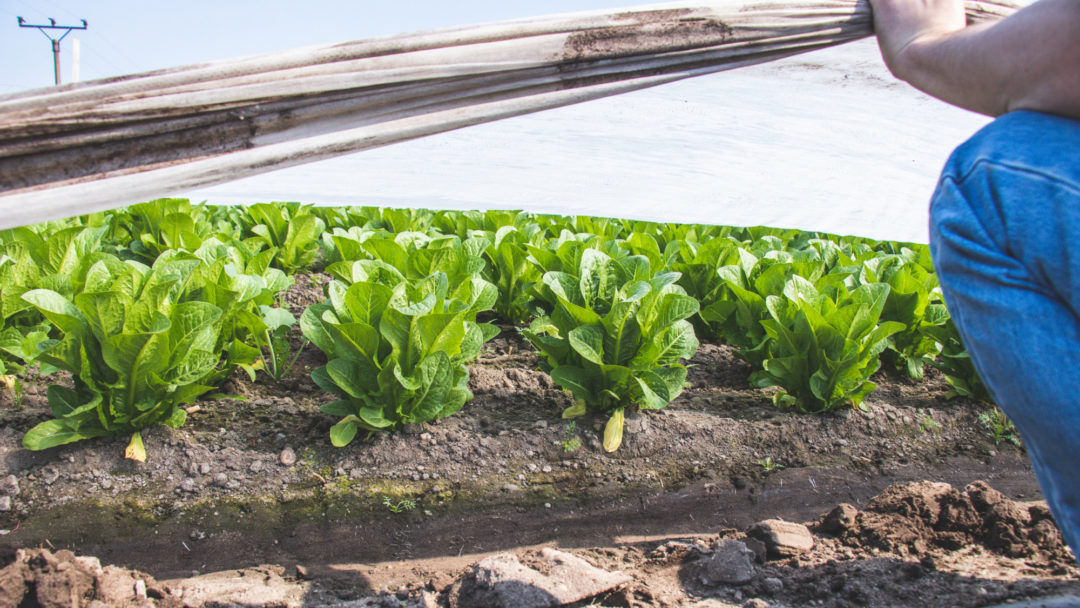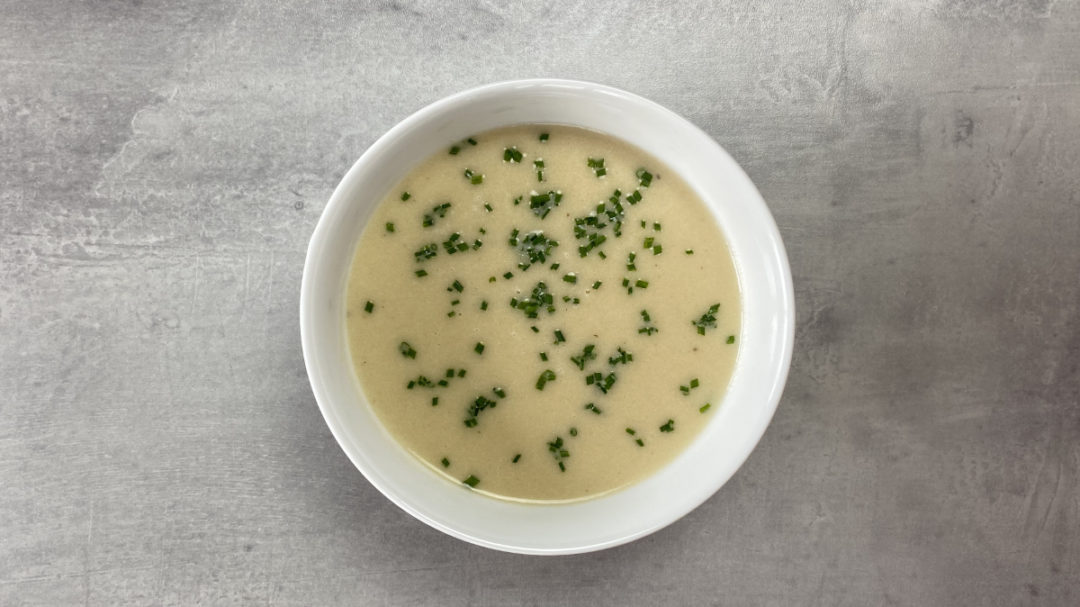Cabbage is grown almost all over the world. We encounter it in various shapes, sizes, and colors, including red, purple, white, and green, and its leaves can be wrinkled or smooth. And although cabbage is packed with nutrients and we consume a lot of it over the year, we often don’t realize what a high-quality vegetable it is.
Cabbage was known to the ancient Greeks and Romans, and sailors took it packed in barrels on long voyages. And because cabbage is a rich source of vitamin C, it also served as a prevention against scurvy (which at that time probably no one knew).
What makes cabbage so special?
Cabbage is a low-calorie vegetable, but it is a very rich source of a wide range of vitamins (especially K, C, and folic acid), minerals (especially potassium, calcium, and manganese), insoluble and soluble fiber, and plant compounds (sulforaphane, kaempferol, anthocyanins, phytosterols,..), with a positive impact on our health. Therefore, many experts consider cabbage and sauerkraut to be our traditional superfood. Thanks to this, regular consumption of raw or fermented cabbage can help us address some health complications or act preventively against them.
It is primarily about keeping inflammatory processes under control, preventive action against the development of cardiovascular or oncological diseases. Cabbage in our diet also improves our digestion and bowel movements and is a source of prebiotic fiber, nourishing health-beneficial microorganisms in the large intestine.
How to handle it?
The advantage of cabbage in the kitchen is its versatility and adaptability. We can consume it raw in the form of various salads, as well as cooked, as part of a side dish or various meals. We can ferment it very well and make sauerkraut, which we can again use in many ways. Simply put, cabbage in any form has a completely traditional and long-standing place in our kitchen, and allegedly we consume as much of it in a year as potatoes.
